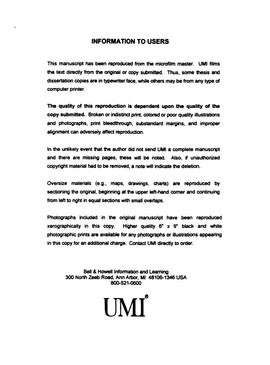| dc.description.abstract | To determine how ecological factors of both offspring and adults can influence the adult mating system, I studied the parental care and mating behavior of the laughing frog, Osteocephalus planiceps. This species uses the water-filled leaf axils of bromeliads as larval nurseries. Both male and female laughing frogs are site-faithful, returning again and again throughout tadpole development to remate at the same sites, thereby providing their young with needed nutrients in the form of eggs. Whereas males tend to remain at the oviposition sites continuously and defend them against conspecific males, females leave the sites immediately after mating and do not return until their next egg deposition (roughly a week later). Due to the uneven spatial distribution of the oviposition sites, some individuals mate at clumped sites, while others use more isolated sites. Although there were no differences in mating success for both sexes at clumped vs. isolated sites, the diversity of breeding partners was greater at clumped sites, which featured polygynandrous mating systems, while at isolated sites, frogs tended to be monogamous. At the isolated sites, misdirected paternal care was uncommon, resulting primarily from females physically recruiting new partners to assist in oviposition for existing broods. Such borrowed males thus contributed overwhelmingly to unrelated tadpoles, but the great majority (81%) of trophic eggs were consumed by both parents' own offspring. Male laughing frogs appear to be constrained in their ability to monopolize females by three factors: (i) the limited space in nurseries, (ii) the physiological needs of embryos and tadpoles, and (iii) the tendency of females to breed synchronously in response to rainfall. These generally result in a facultatively monogamous mating system. | en_US |
